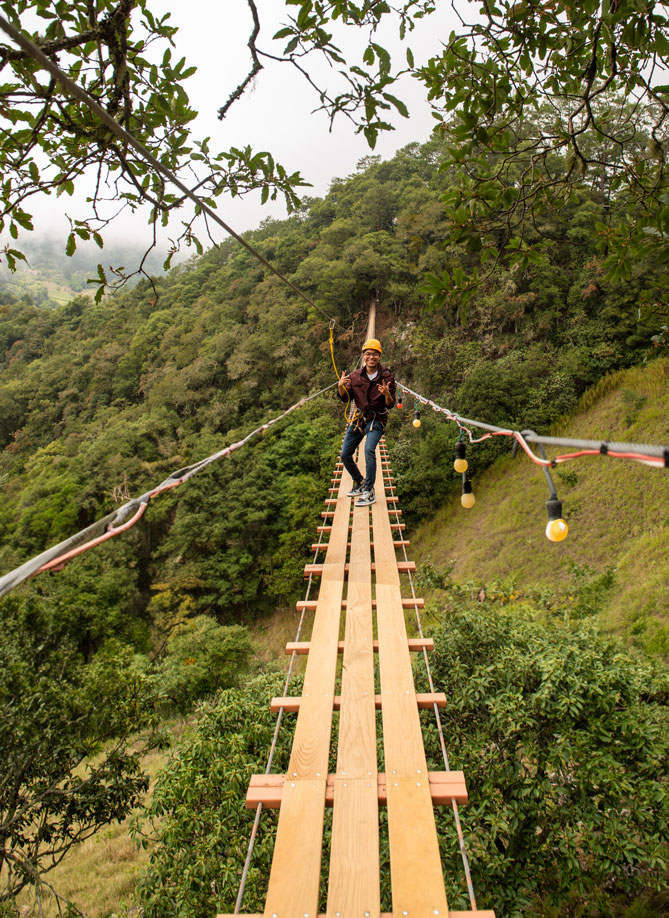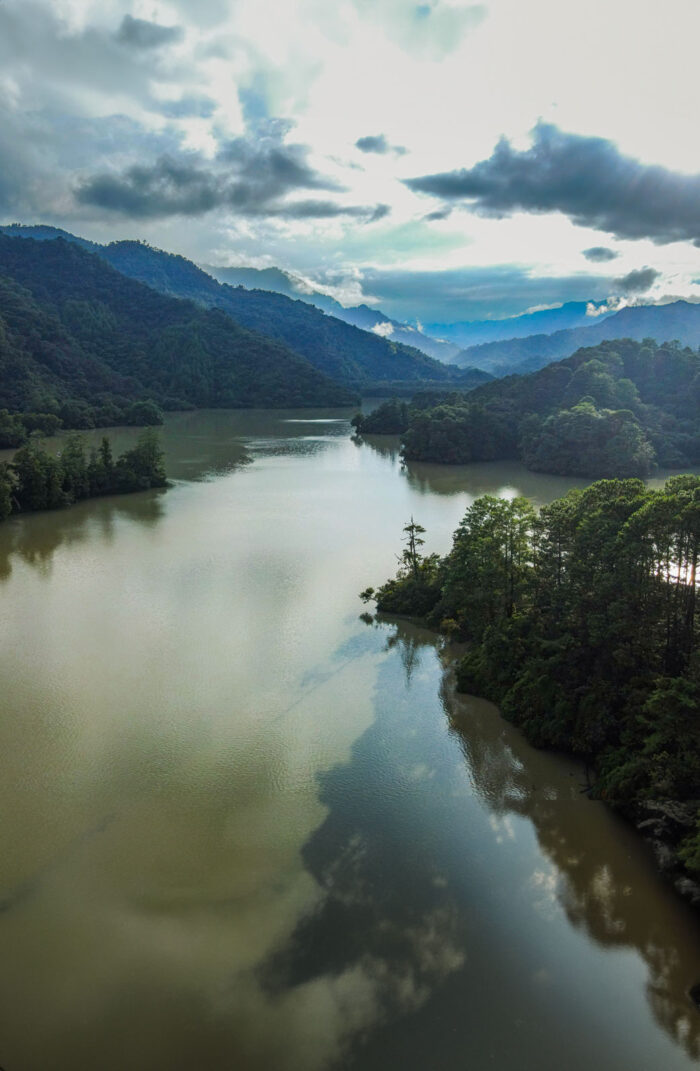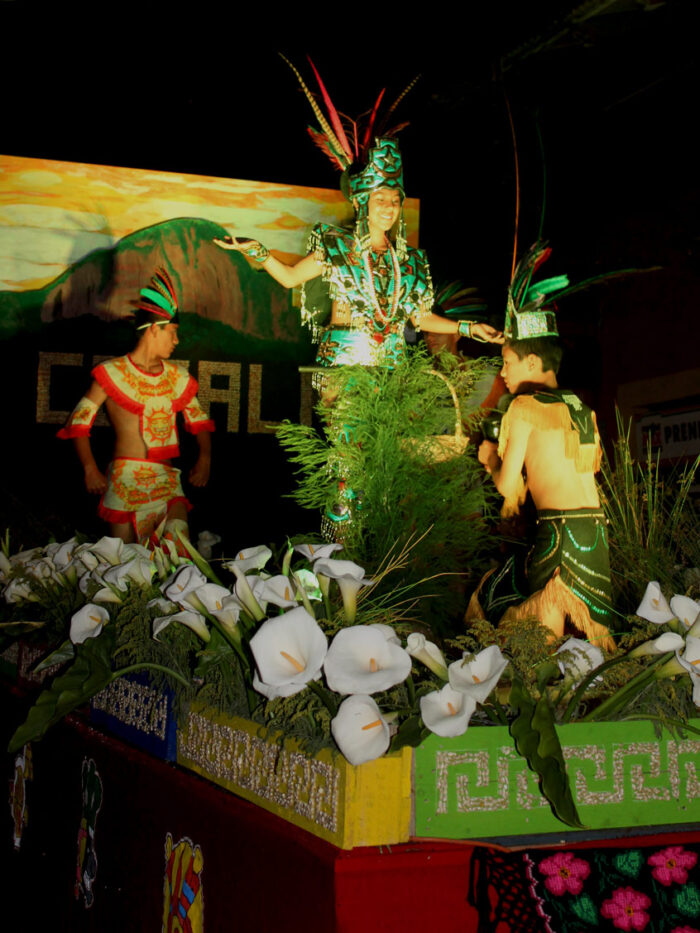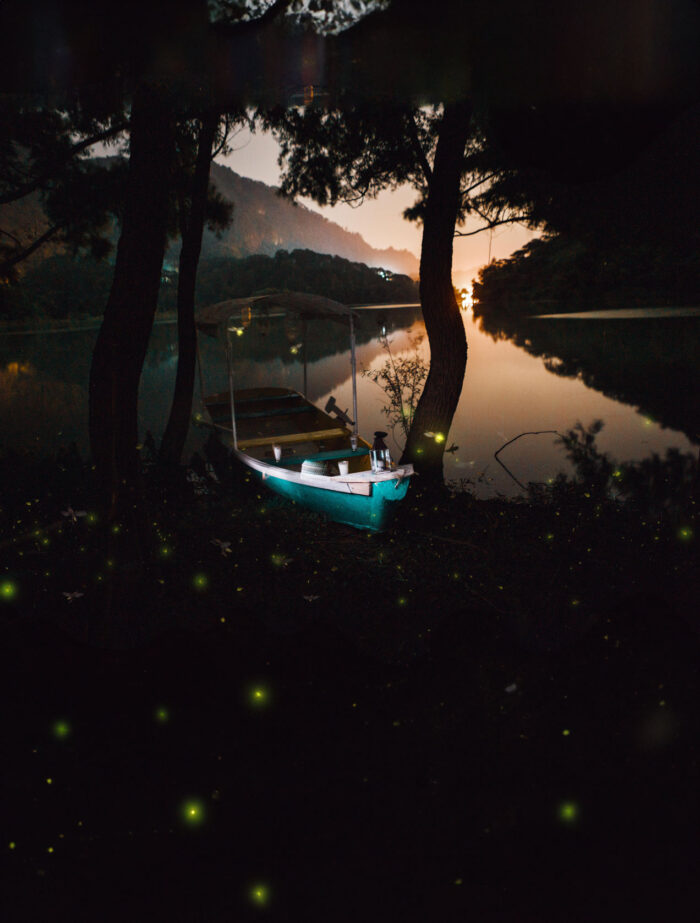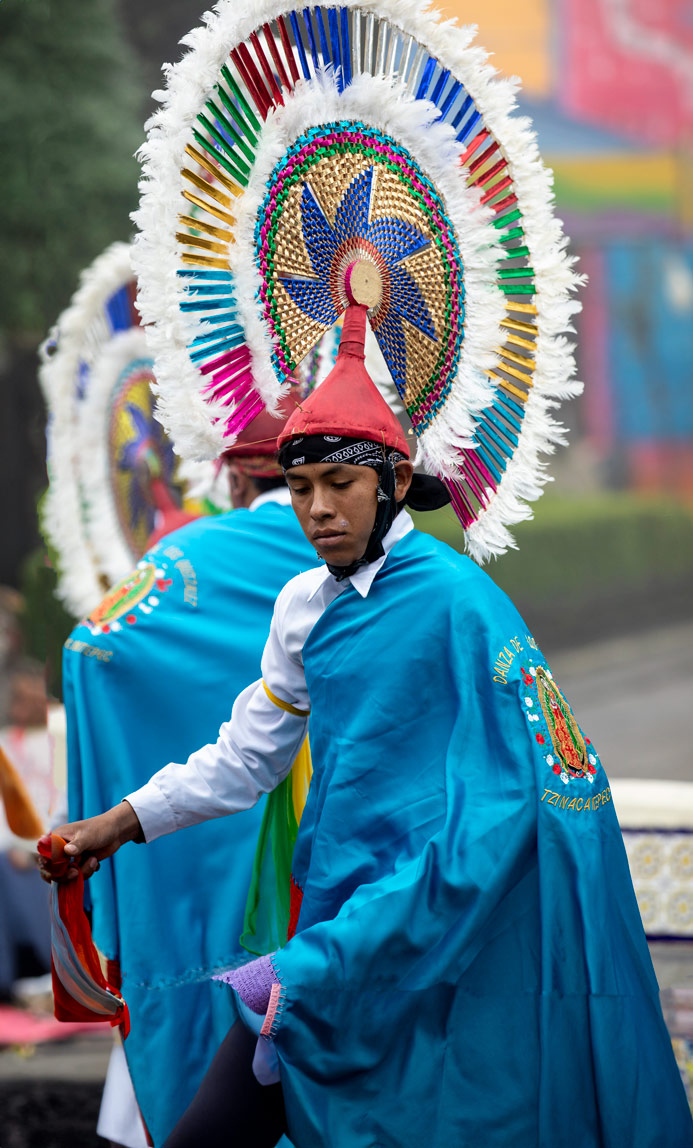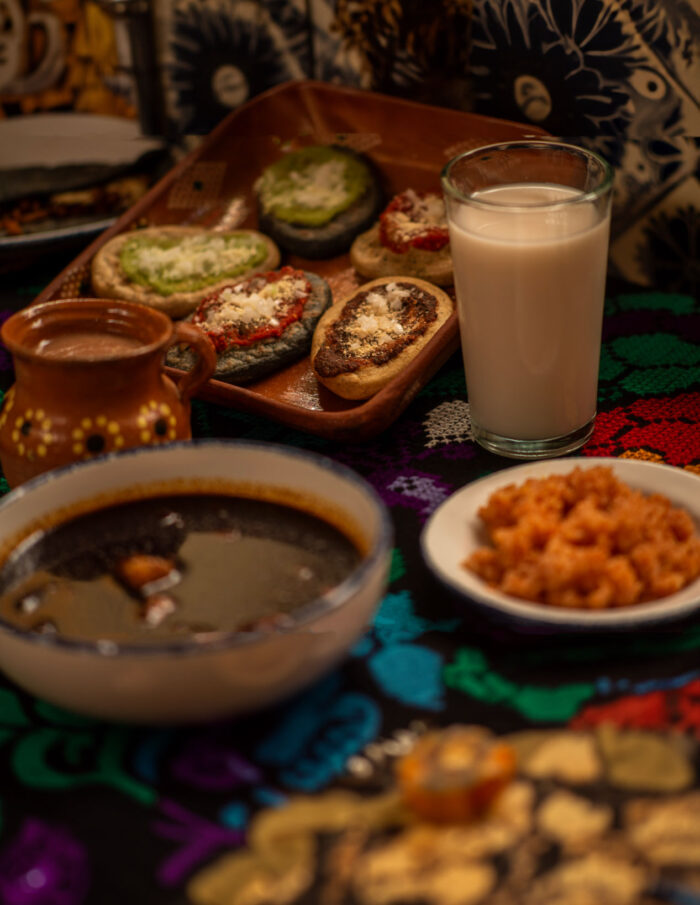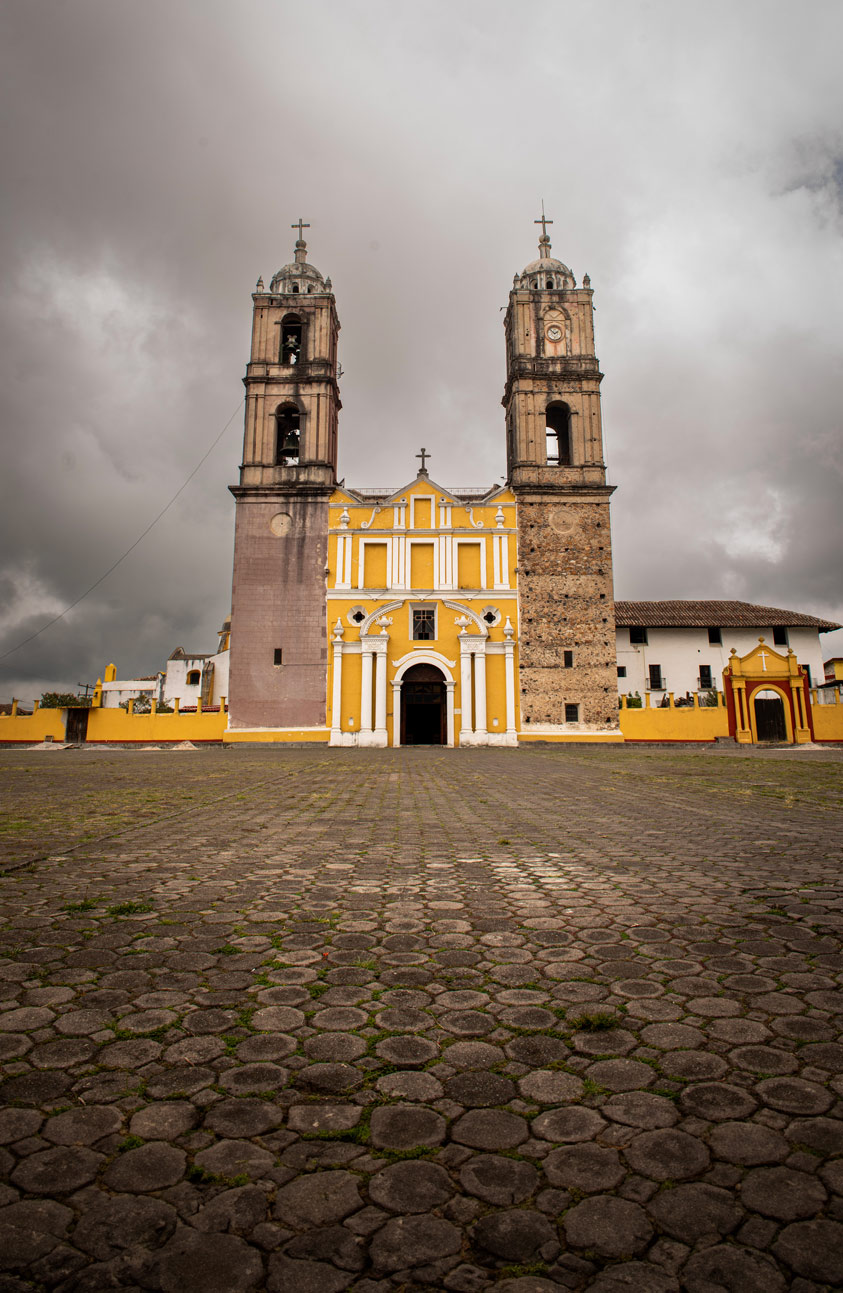
Get to know Tlatlauquitepec through its history and architecture

Continua en la historia
 Desliza a la izquierda para continuar
Desliza a la izquierda para continuar
 Historically speaking, the state of Puebla has always been distinguished by the richness of its churches and its imposing religious architecture. In fact, the city of Puebla is considered a religious center par excellence, having been the first place where the Spanish conquerors settled in the region, and where they put all their efforts to create one of the most beautiful and richest cities in Mexico.
Historically speaking, the state of Puebla has always been distinguished by the richness of its churches and its imposing religious architecture. In fact, the city of Puebla is considered a religious center par excellence, having been the first place where the Spanish conquerors settled in the region, and where they put all their efforts to create one of the most beautiful and richest cities in Mexico.
You can imagine that Tlatlauquitepec is not left out and has its own architectural jewels that you must see during your visit to the Pueblo Mágico.
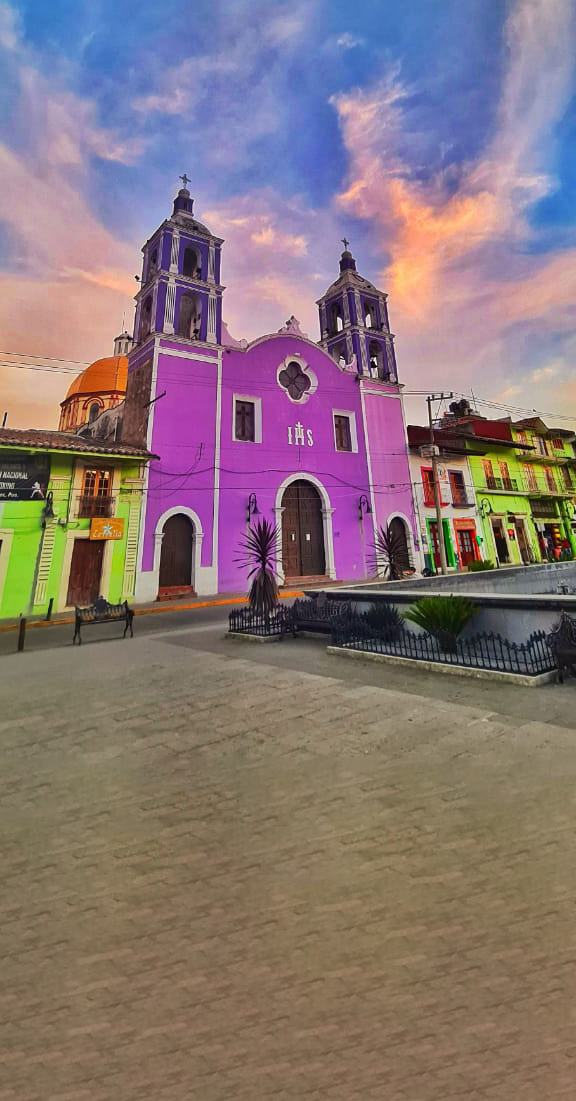
 Its architecture
Its architecture
✦Tlatlauquitepec is a municipality in the state of Puebla, the name Tlatlauquitepec comes from the Nahuatl language, and there is a range of interpretations of its meaning. One of them is “the hill that colors” from the word “Tlatlahui” which means to color and “tepetl” which means hill. Another interpretation is from “tlatla” which means to burn and “tepetl” which means hill, so “the hill place that burns”. Both interpretations refer to the “Cerro Cabezón”, the Large-Headed Hill. Below we present you a list with the constructions that, nowadays, stand out in Tlatlauquitepec for their cultural weight and architectural beauty.
 Ex-Franciscan Convent
Ex-Franciscan Convent
of Santa María de la Asunción
of 1531
✦We are talking about one of the first convents built for the evangelization of the Northeastern Sierra of Puebla. The Exconvento de Maria Asunción dates from the XVI century, and is of a colonial religious type.

✦⁎*⋄✦⁎*⋄✦⁎*⋄✦⁎*⋄
This convent was built in 1531 by the Franciscan order and now you can admire the arches carved in pink quarry stone and the Gothic style of the doors with Franciscan ornaments. In the center is a typical Spanish patio with a fountain that was added about 40 years ago.
⎯⎯⎯⎯⎯⎯⎯⎯⎯
You can visit it any day of the week and, when you do, keep in mind that it was the first of its kind in all of Latin America and that hundreds of friars were educated there.
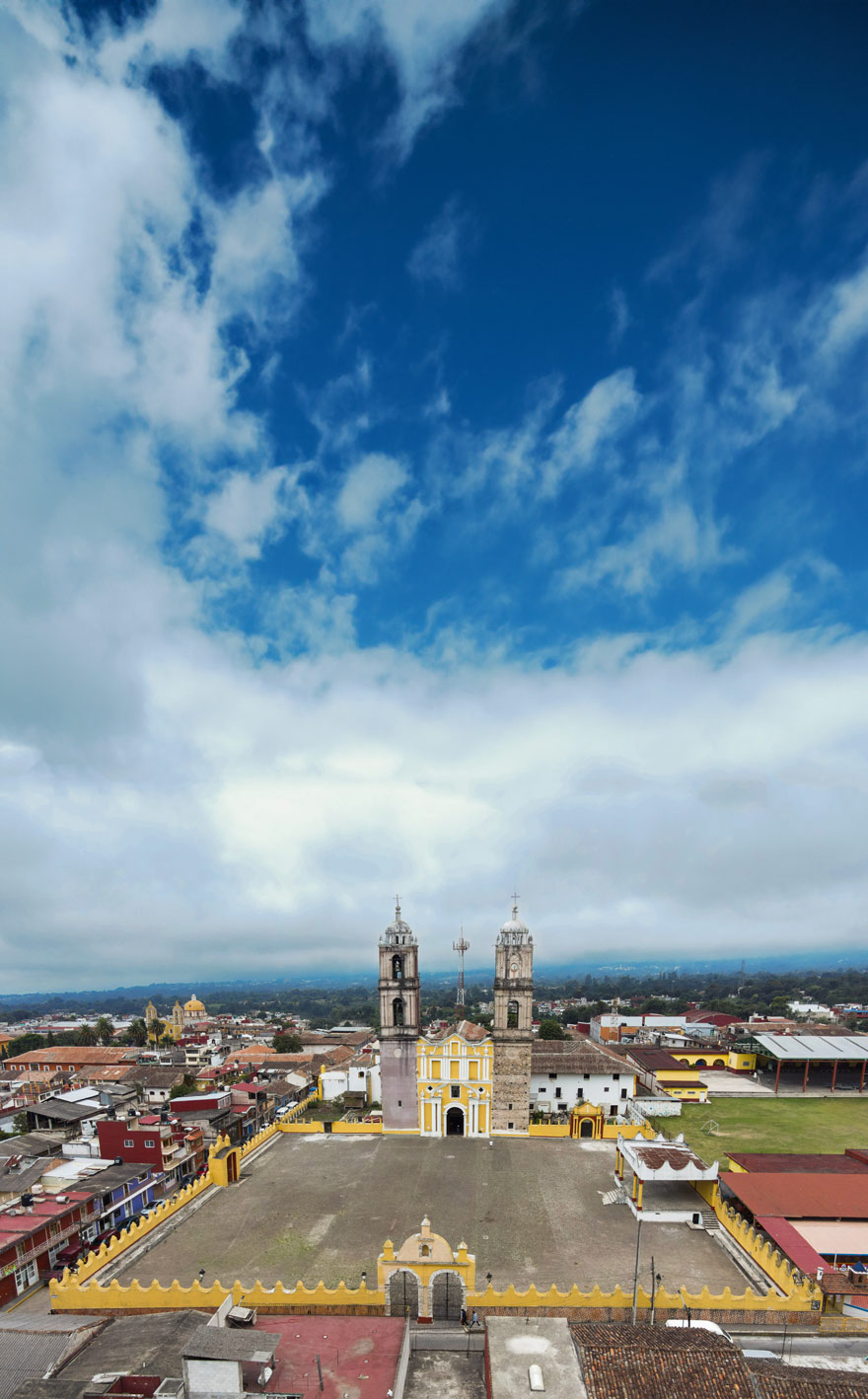
 Church of Santa María
Church of Santa María
de la Asunción
✦ It is accompanied by a crenellated atrium. It is the home of the patron saint of the town, it was first a convent founded by Franciscans in 1531, and the appearance it now has was obtained until the nineteenth century.
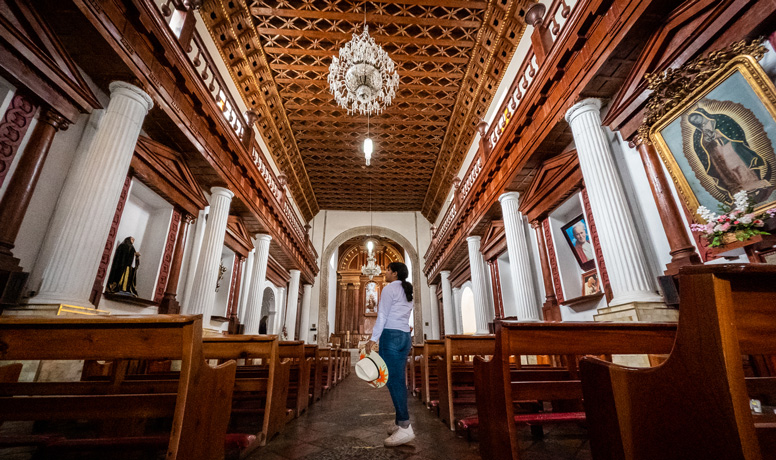
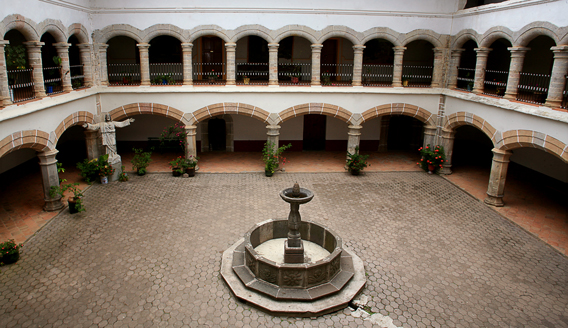
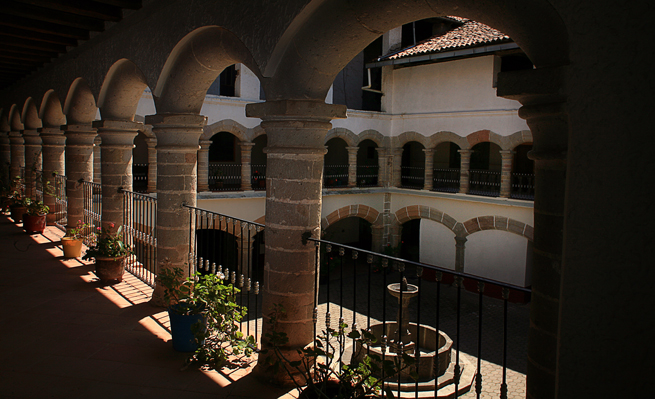
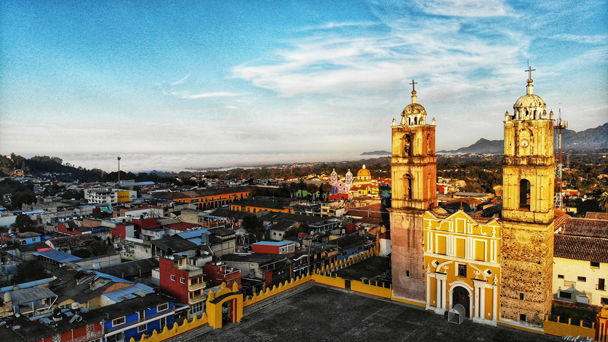
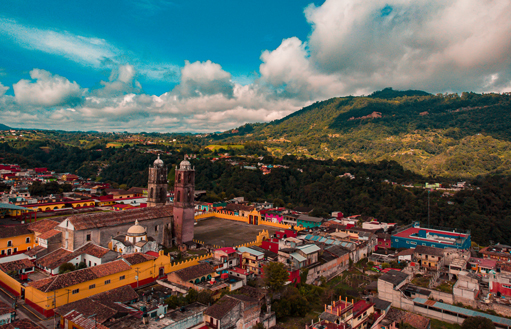
 ✦⁎*⋄✦⁎*⋄✦⁎*⋄✦⁎*⋄
✦⁎*⋄✦⁎*⋄✦⁎*⋄✦⁎*⋄
The interior is a world of wood through which the eyes wander: the Mudejar ceiling, the handrail of the choir that extends along the nave, the main altar, and the Virgin herself, everything is carved, everything shines or has things to say.
⎯⎯⎯⎯⎯⎯⎯⎯⎯
Next door, adorning the walls of the Casa Cural, are the paintings of Luis Toral Gonzalez, the famous artist from Zacapoaxtla who also signed the murals inside the Church of the Sagrado Corazon de Jesus.
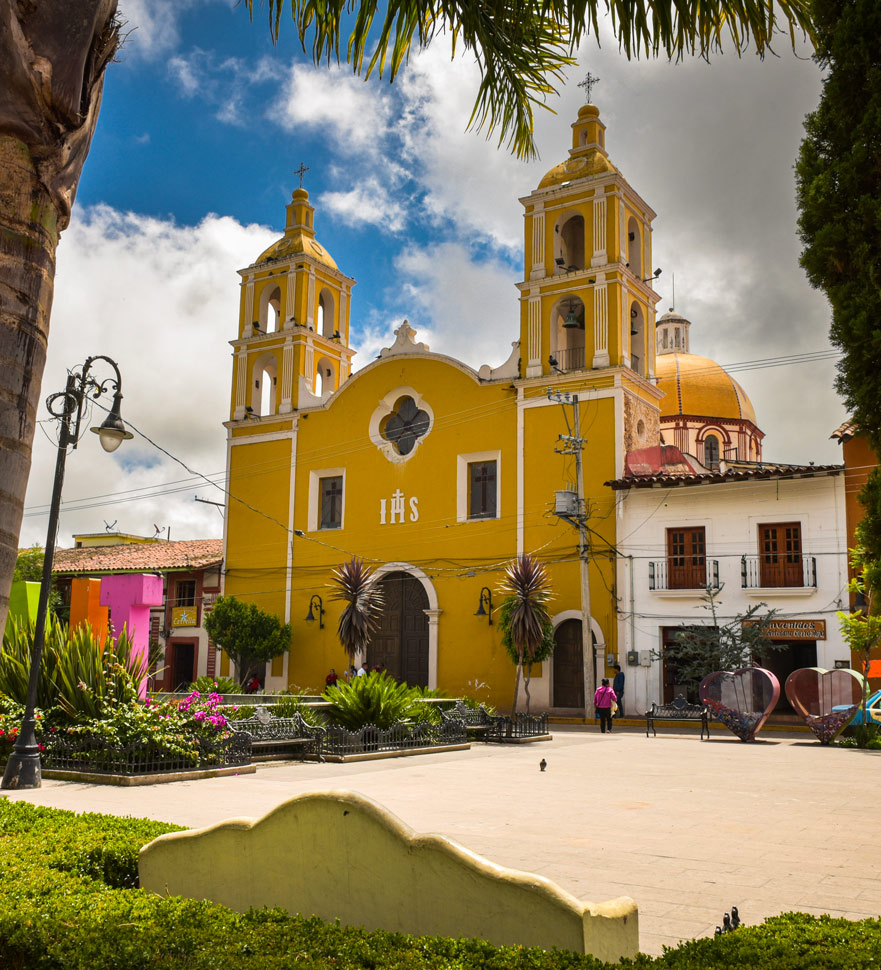
 Sagrado Corazón
Sagrado Corazón
Jesús Church✦
The entire church was decorated with gold leaf and at the base of the dome, you can see oil images of Popes Pius IX, Pius X, Pius XII, and Leo XIII, in addition to eight medallions with the face of Jesus and four related to the Eucharist.

✦⁎*⋄✦⁎*⋄✦⁎*⋄✦⁎*⋄
Masses and ecclesiastical services for funerals, communions, weddings, confirmations and the religious feast of the Church are held here every year in July.

In the Church of the Sagrado Corazon de Jesus, built in 1922 by the parish priest Don Alberto Mendoza y Bedolla, there are 8 murals that according to an annotation at the foot of one of them, were made by Luis Tora from the municipality of Zacapoaxtla, being copies of the original murals of W. Hole: “fall on the way to Calvary”, “prayer in the garden”, “the last dinner”, “the transfiguration”, “the sacred heart of Jesus”, “the resurrection”, “Jesus transferred to the tomb” and “the crucifixion”.
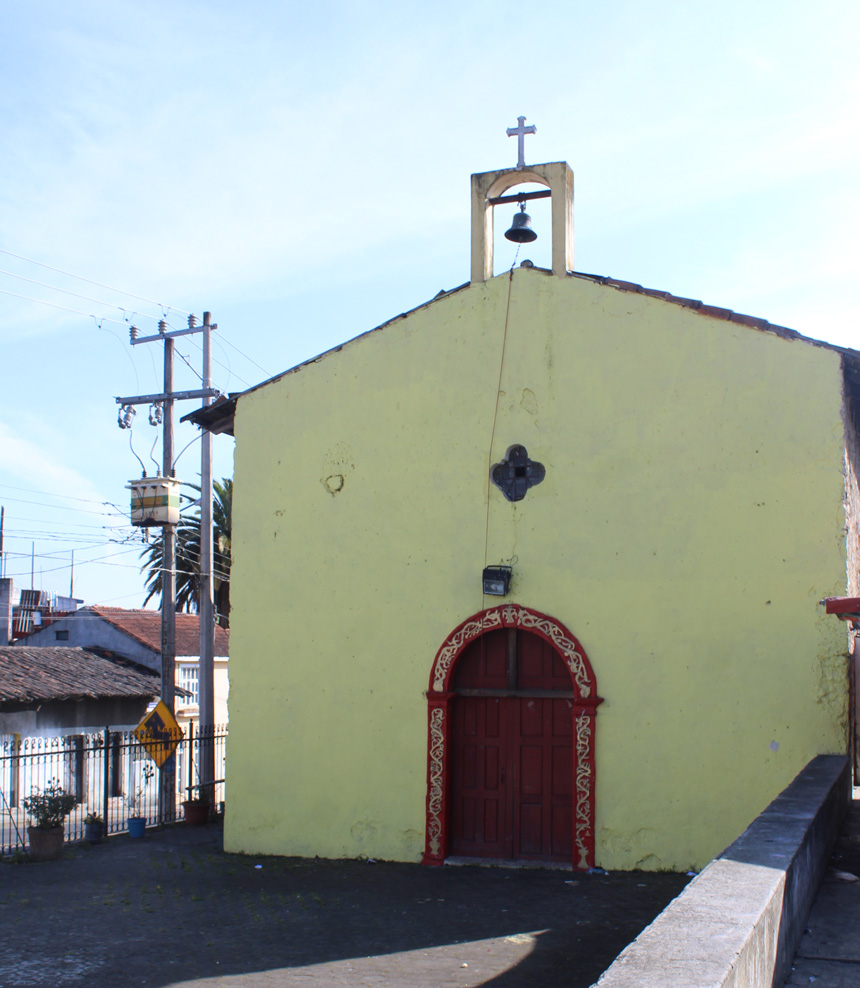
 San Pascual Church
San Pascual Church
✦ Although there is no exact information about its construction, it is said that it was built between 1785 and 1800, since the wooden sculpture of San Pascual seems to be more than 200 years old and it is located in a romantic type altarpiece with smooth columns, capital and cornice.
✦⁎*⋄✦⁎*⋄✦⁎*⋄✦⁎*⋄
The façade is extremely simple, with only the reliefs of the arch of the door standing out, also with a semicircular arch, to which a belfry was recently added for its bell.
⎯⎯⎯⎯⎯⎯⎯⎯⎯
It has an altarpiece as old as the construction itself, it is of Romanesque type with double smooth columns, capital and cornice. In the center there is a square pendentive with a sculpture of the patron saint. The titular feast dedicated to San Pascual Bailón is celebrated on May 17.
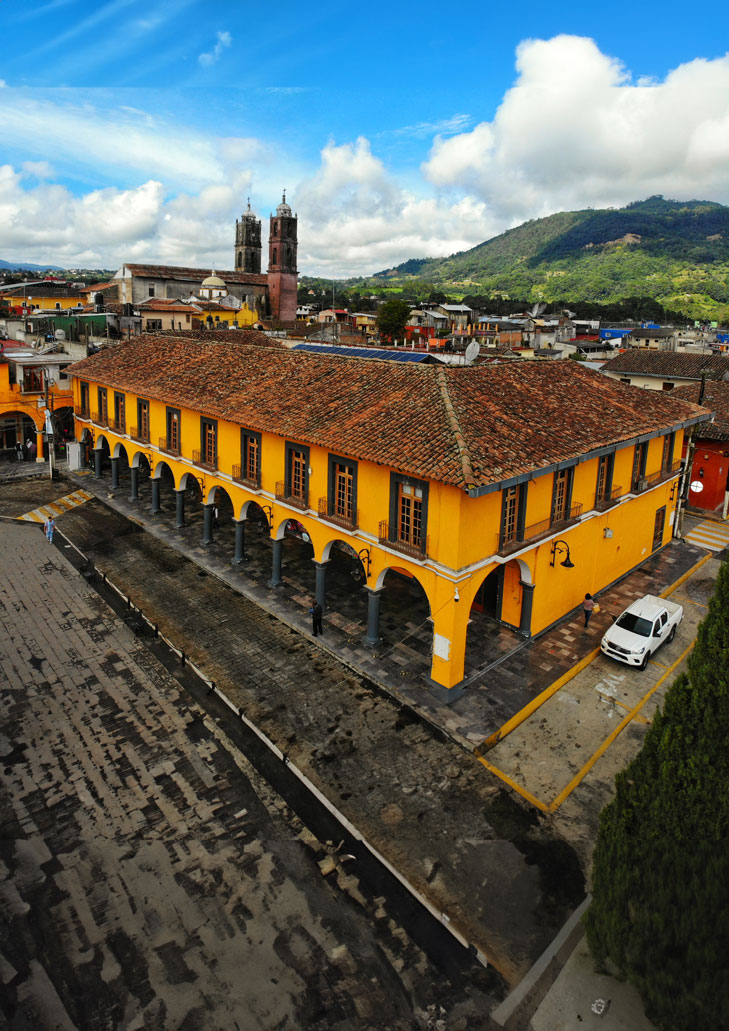

 Municipal Palace
Municipal Palace
✦This building was built in the 1800s and was owned by Mr. Ambrosio Luna in 1872. Later, it was erected as the first hospital in the town, which was founded by Cura Lauro María de Bocarando.
✦⁎*⋄✦⁎*⋄✦⁎*⋄✦⁎*⋄
In 1962, the hospital was transferred to what today is the social rehabilitation center. Finally, in 1890, it became the current Municipal Palace. During your visit to the town, you will notice that this building has an arcade on the second story and several balconies on the third. A delight for the eyes of those who like architecture.
⎯⎯⎯⎯⎯⎯⎯⎯⎯
The Municipal Palace of Tlatlauquitepec is located in the main square, it is ideal to soak up the heart of the town while strolling and enjoying its fresh provincial atmosphere. We recommend you use this square as the central axis of your trip and meeting point with the people you are travelling with.
This is because it is very easy to locate with its beautiful palm trees and gardens surrounded by emblematic portals.
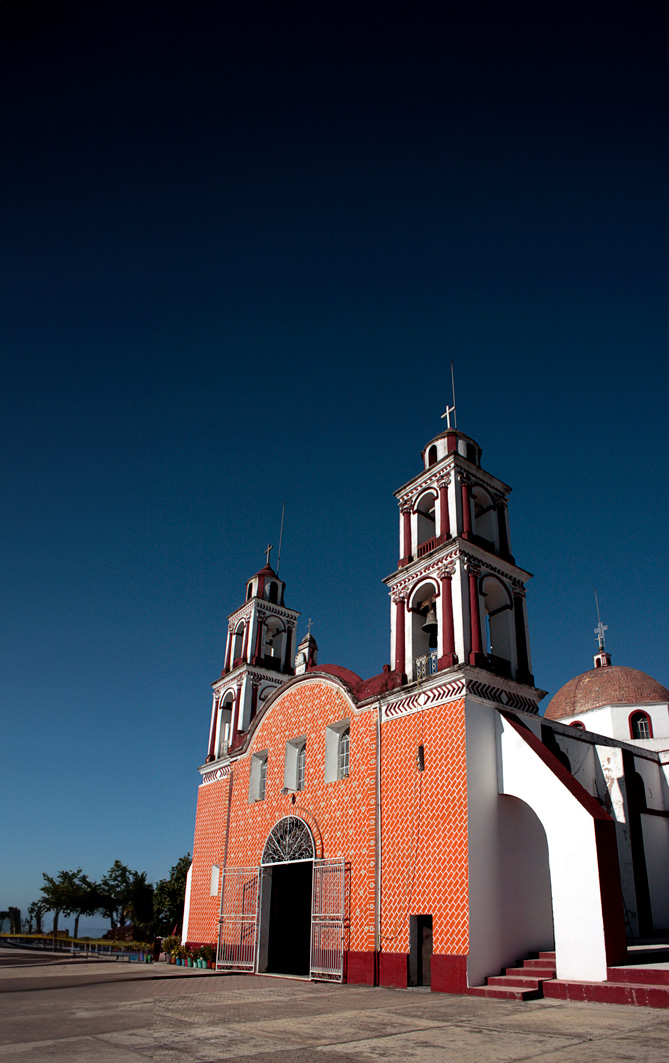
 Señor de Huaxtla Church
Señor de Huaxtla Church
✦ In the neighboring community is the Santuario del Señor de Huaxtla, the place where a miraculous Christ is worshiped. It is said that it was carved in the XVII century with the wood of a tree dragged by a river.
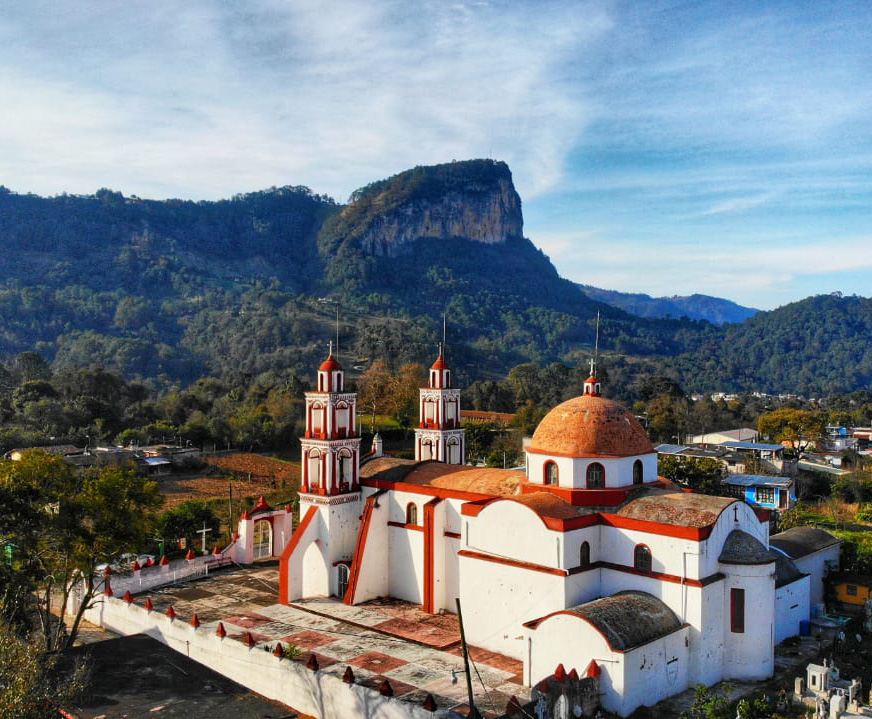
✦⁎*⋄✦⁎*⋄✦⁎*⋄✦⁎*⋄
People from the surrounding area come here, cross the petatillo façade and bow in front of its bluish neoclassical altar asking for protection. On the left side of the church is the Virgen del Rayo, the Virgin of Ocotlán, the one with the moon at her feet.
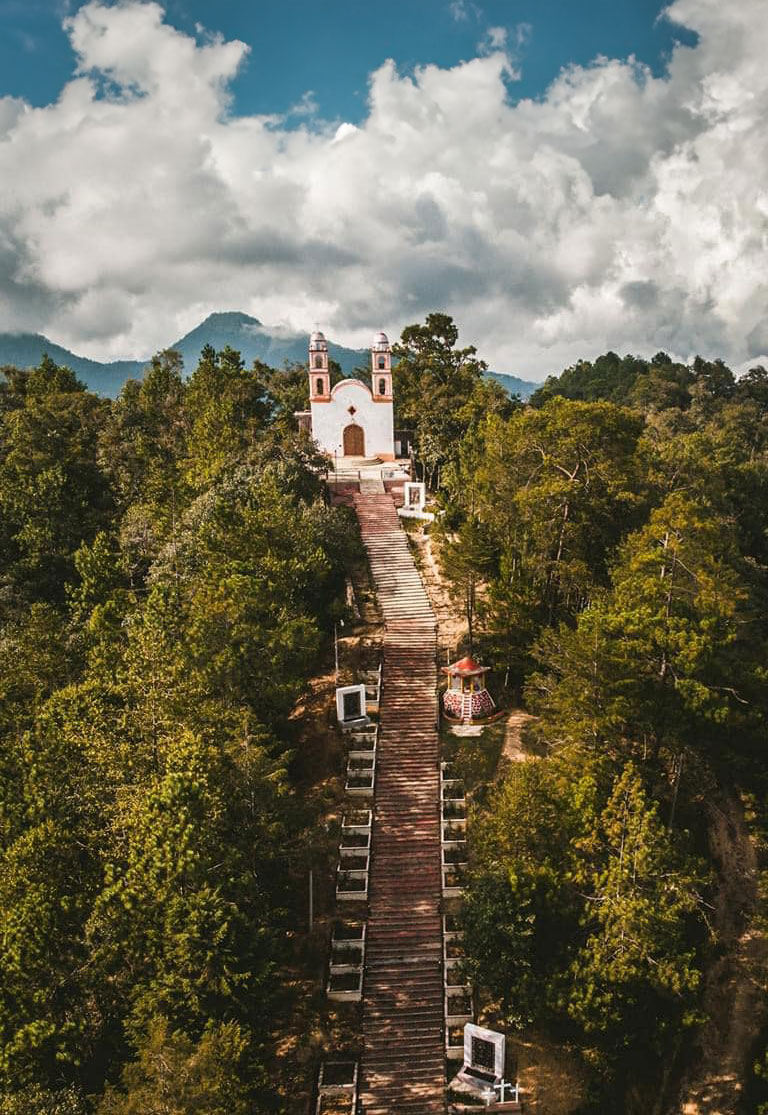
 Cerrito de Guadalupe Church
Cerrito de Guadalupe Church
✦ The chapel dedicated to Santa Maria de Guadalupe began to be built in 1840 and was finished in 1852. In the construction you will be able to observe an extremely conservative architecture, since it lacks all ornamentation in the facade.
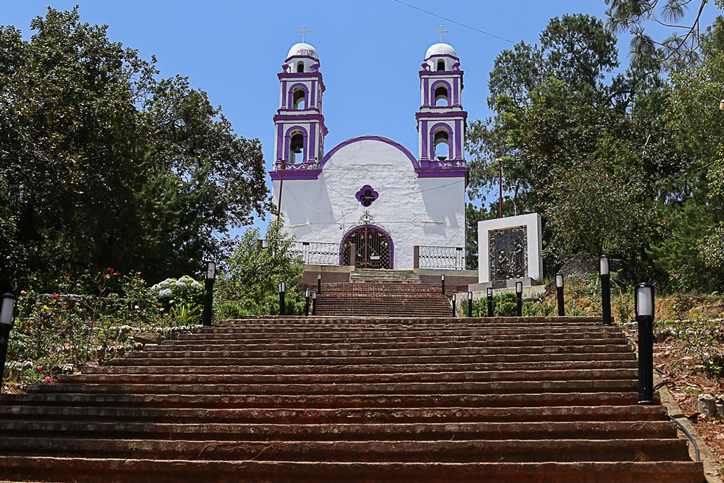
✦⁎*⋄✦⁎*⋄✦⁎*⋄✦⁎*⋄
In 1863 the tower on the east side was built; and in 1914, the tower on the west side was built; both towers have two bodies with a dome at the top.
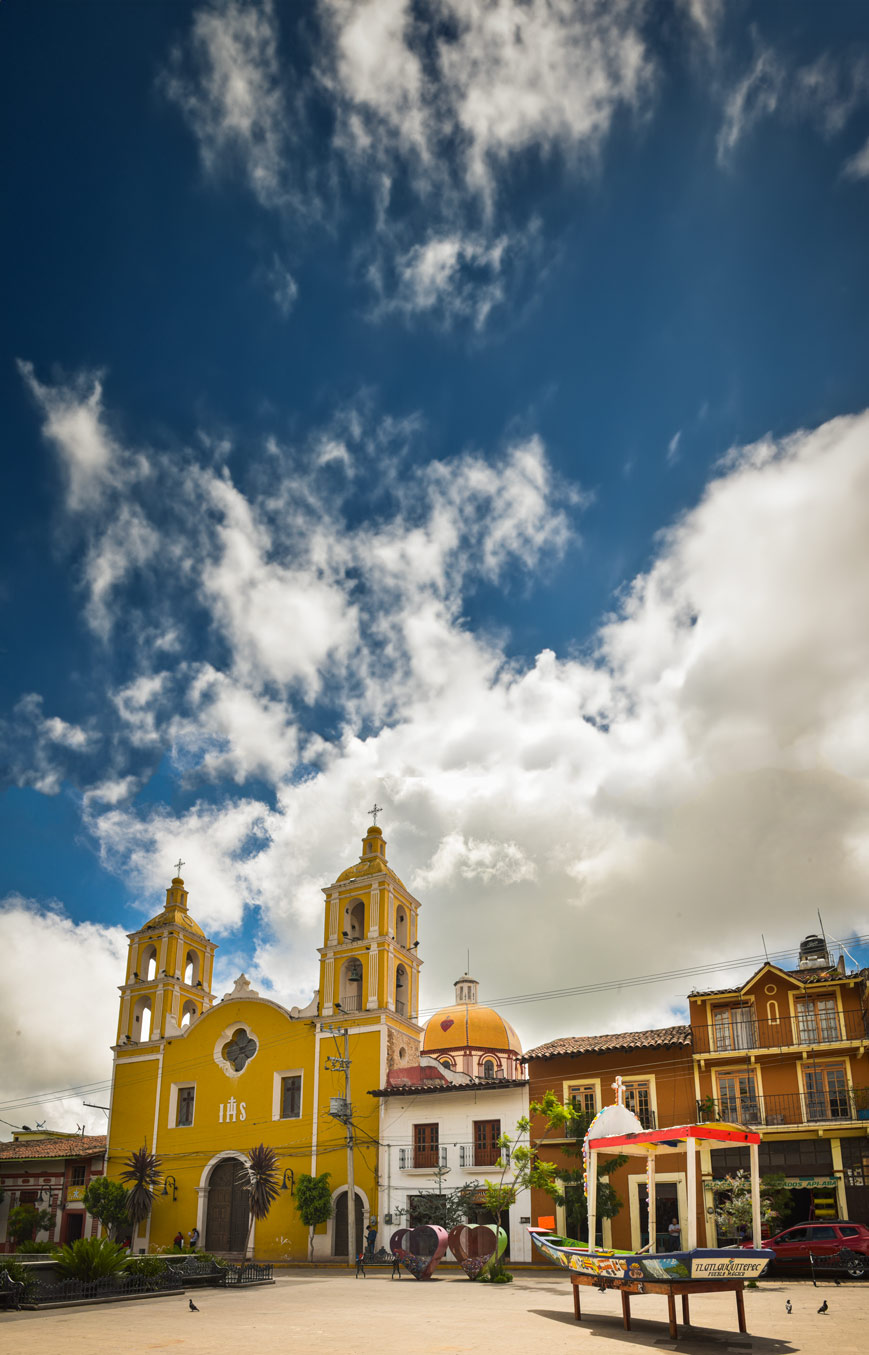
 Learn about the roots of Tlatlauquitepec
Learn about the roots of Tlatlauquitepec
from an expert!
✦ This Pueblo Mágico has a lot to offer both for ecotourism lovers and for those who enjoy an expedition full of culture and history.
✦⁎*⋄✦⁎*⋄✦⁎*⋄✦⁎*⋄
In other words, you can opt for a hike up the Cerro Cabezón, or a relaxing boat ride on the La Soledad Dam.
.
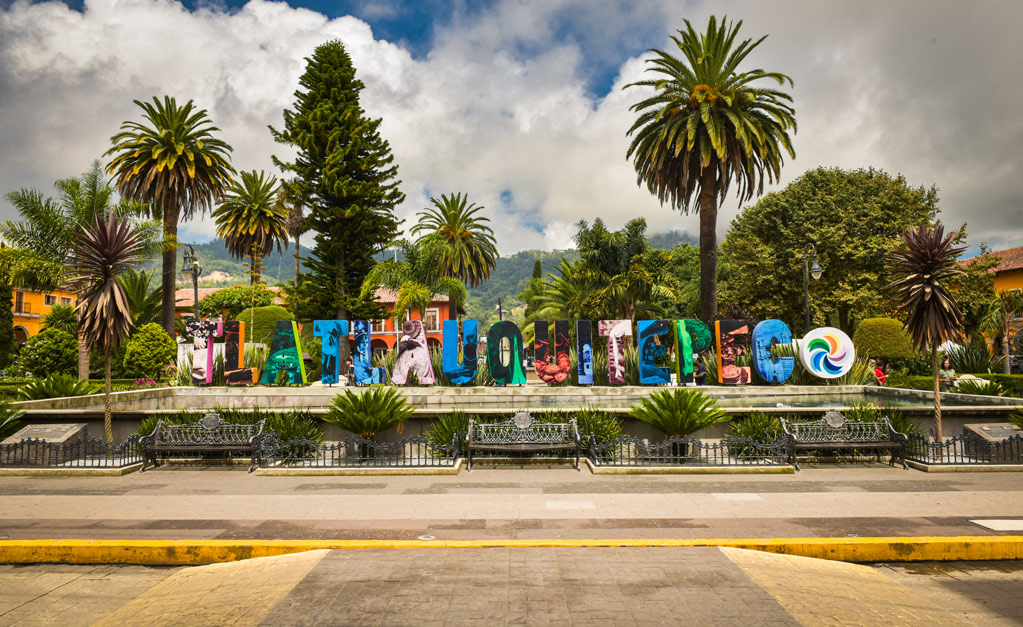
⎯⎯⎯⎯⎯⎯⎯⎯⎯
And at the same time open your agenda for a tour through the colorful streets of the historic center of Tlatlauquitepec. To make the most of your visit to Tlatlauquitepec, we recommend using the services of the following tour operators:
⁎*⋄ Explore
⁎*⋄ Sierra Xplor.
⁎*⋄ Ruta con magia
⁎*⋄ Xaltigrillos

